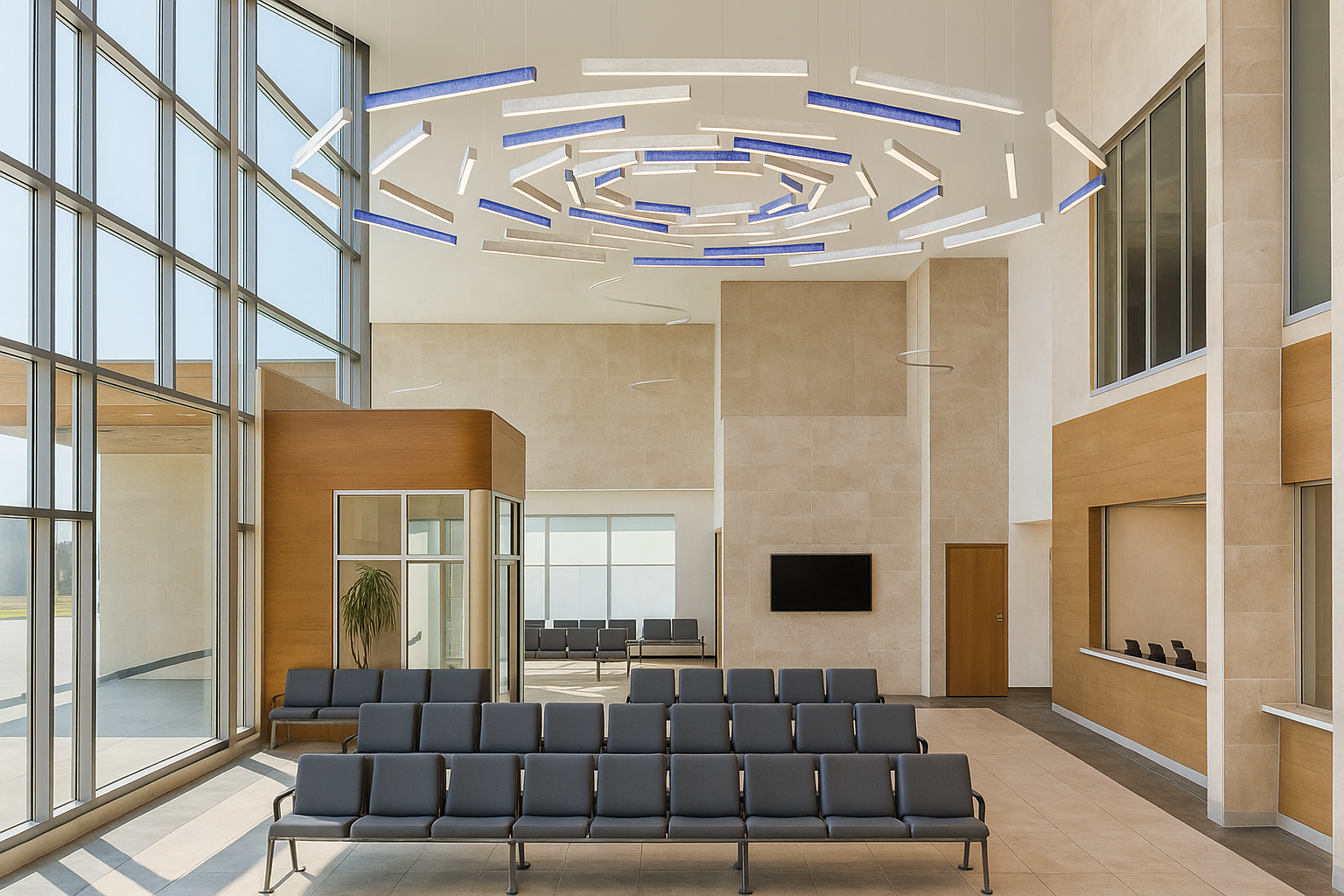Having to walk into a clinic for the first time, many patients already feel anxiety about their health. Yet, an often-overlooked factor that shapes their journey is the clinic environment itself. Healthcare statistics this year reveal that over 70% of patients say their impressions of a healthcare facility influence their expectations of care. From the layout of a waiting room to the positioning of office furniture design, every detail of healthcare interior design can impact a patient’s comfort, recovery, and perception of care.
Understanding the Problem: Why Design Matters
Modern clinics face a troubling mismatch between the promise of advanced medicine and the reality of cold, stressful environments. This gap can amplify patient stress and even hinder outcomes. A poorly considered office interior design creates confusion, crowding, a lack of privacy, and frustration for those seeking help. The effects are measurable. Design-related factors directly contribute to patient satisfaction, length of hospital stays, and even staff turnover, with Canadian clinics reporting higher efficiency where design has been given careful attention.
The rise of patient-centered care means more clinics want design solutions that go far beyond paint and posters. Today’s healthcare interior designer must consider infection control, visitor experience, accessibility, and the healing journey, all within complex commercial interior design and regulatory guidelines. When these design fundamentals are neglected, both patients and healthcare workers suffer the consequences.
Healthcare Interior Design: A Clinical Essential
Healthcare interior design is now recognized as crucial when building any patient-centred clinic. A well-executed space improves the safety and comfort of both patients and staff. The healthcare interior designer understands how calming colours, acoustic dampening, and thoughtful office furniture design directly affect a clinic’s efficiency and a patient’s emotional state.
Canadian research shows that clinics integrating nature with biophilic features, such as sunlight and indoor plants, lead to 18% shorter recovery times for some patients. Commercial interior design here is not superficial. It creates purposeful environments that support a patient’s dignity, privacy, and sense of calm. The skilled office interior designer analyzes patient flow, planning entrances, wayfinding, and waiting areas for privacy and ease of movement, which reduces stress for visitors and caregivers alike.
Infection prevention strategies are built into healthcare interior design. Surfaces, fixtures, and even office furniture design are carefully selected not only for aesthetics but also for cleanability and safety. Well-planned office interior design ensures all clinic spaces can be thoroughly sanitized, helping reduce infection rates. Office interior designers are trained to collaborate closely with clinical staff to ensure design supports daily workflows rather than creating barriers.
The Deep Work of a Healthcare Interior Designer
Hiring a specialist healthcare interior designer brings advantages that far exceed what most office interior designers or commercial interior design professionals provide. With deep training in clinical regulations, ergonomic needs, patient psychology, and the unique operational pressures of health environments, these professionals ensure nothing is left to chance.
A healthcare interior designer brings expertise in evidence-based solutions that go beyond colour choices. They use data to choose lighting levels that reduce anxiety and materials that meet rigorous infection control standards. Good office furniture design is built for durability, easy movement, and flexibility to accommodate both equipment and visitors. The right healthcare interior design means exam rooms are optimized for patient-provider communication and confidentiality, using sound-absorbing walls and space planning.
A skilled healthcare interior designer will use thoughtful commercial interior design to promote clear navigation through clinics via signage, layout, and colour cues. This minimizes confusion and helps especially vulnerable patients move easily and independently. Functional, accessible office interior design considers mobility aids, visual impairments, and the various stages of illness or recovery.
An important area of focus is staff well-being. High rates of burnout among healthcare staff are partly linked with awkward layouts and poor-quality office interior design. A healthcare interior designer tailors staff workspaces, break areas, and storage to keep workflow efficient and minimize stress. Office furniture design for clinics is chosen for ergonomic value and resilience under long hours and high turnover.
Advantages of a Dedicated Healthcare Interior Designer
Hiring a healthcare interior designer is a strategic choice that protects patients and staff while ensuring the long-term performance of a clinic. The designer integrates specialist knowledge within commercial interior design practice, ensuring everything from floor finishes to office furniture design meets strict healthcare regulations. This investment reduces the risk of costly rework and can decrease maintenance costs by up to 30% over a clinic’s life cycle.
An office interior designer focused on healthcare produces documentation that reduces construction mistakes, keeps clinics on schedule, and helps prevent overspending on adjustments and corrections. With experience in working as part of an interdisciplinary team, they bridge the technical worlds of medicine, architecture, and office interior design, ensuring that clinical intent is translated into viable, cost-effective solutions.
Hiring the wrong type of office interior designer or ignoring the unique needs of healthcare spaces creates gaps. Only a specialist healthcare interior designer will anticipate every detail, from air quality concerns to infection-resistant textiles for office furniture design. The best projects are those in which these professionals are involved early, guiding the commercial interior design team to ensure an optimal outcome for both patient and clinic.
The Role of Office Furniture Design in Healing Environments
Too often, office furniture design in a clinic is an afterthought having standard desks, uncomfortable chairs, and mismatched finishes. For a healthcare interior designer, every piece of office furniture design is a tool for healing. Furniture must be easy to clean, flexible, and comfortably arranged for doctors, nurses, patients, and families. Proper furniture layouts in clinics can reduce trip hazards and enable better use of limited space, directly influencing patient recovery times and workflow efficiency.
The healthcare interior designer ensures office interior design for clinics adapts to emerging healthcare technologies. Charging points, IT integration, and layout flexibility support telemedicine and evolving models of care. Commercial interior design in clinics must always account for future changes, making each investment in office furniture design last longer and serve more patients.
Frequently Asked Questions (FAQ):
How do professional office interior design drawings reduce contractor issues on site?
Proper office interior design drawings provide all necessary details, dimensions, and coordinated layouts so that trades can build as designed without confusion. This ensures work is executed correctly the first time, reducing contractor issues and preventing rework.
Why are commercial interior design drawings so critical to project success?
Commercial interior design drawings act as the build manual for the entire project. They ensure that client vision, safety codes, and contractor methods are aligned. Clear, thorough documentation is key to on-time, on-budget, error-free builds.
What should contractors look for when reviewing office interior design drawings?
Contractors should check for complete and scalable floor plans, elevations, sections, MEP coordination drawings, finish schedules, and clearly detailed office furniture design layouts. Any missing information is a risk for future rework.
Key Takeaways
- Healthcare interior design directly impacts patient comfort, safety, and clinical efficiency in all types of clinics
- A healthcare interior designer brings regulation, ergonomics, and evidence-based thinking to every aspect of office interior design
- Commercial interior design in clinics must prioritize infection control, patient privacy, accessibility, and seamless staff workflow
- Every detail of office furniture design, from fabric selection to positioning, supports a clinic’s healing mission and operational needs
- Clinics see reduced rework, lower maintenance costs, and higher patient satisfaction when healthcare interior design experts are involved
- Good office interior design also supports staff morale and contributes to lower burnout and turnover rates
- Healthcare interior designers plan for accessibility and inclusivity, supporting patients with all levels of mobility and cognition
- The integration of biophilic design improves recovery times and supports overall mental health for patients and staff
- Regulatory compliance and safety are ensured at every stage of commercial interior design for clinics
- Early involvement of a healthcare interior designer streamlines construction and reduces on site errors
Healthcare interior design is now seen as a core pillar in the delivery of patient-centred care across Canada. As clinics handle larger patient volumes, tighter regulations, and greater complexity, the value of a healthcare interior designer is unambiguous. Their strategic oversight and focus on deep clinical matters help convert design intent into environments where every element promotes better outcomes. The clinics that succeed are those where office interior design and commercial interior design are approached as fundamental to healing, efficiency, and trust.

